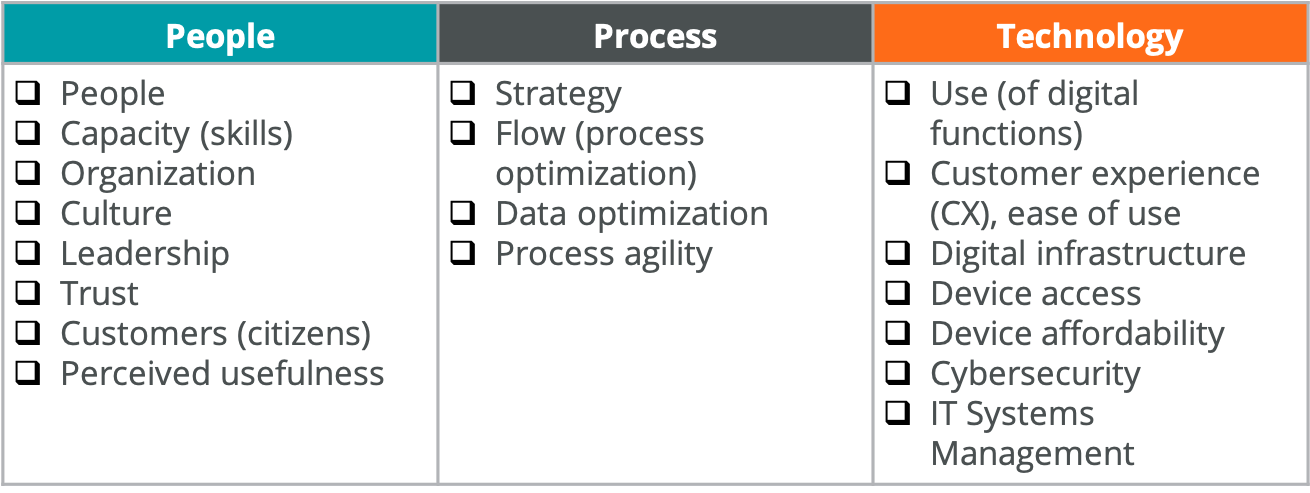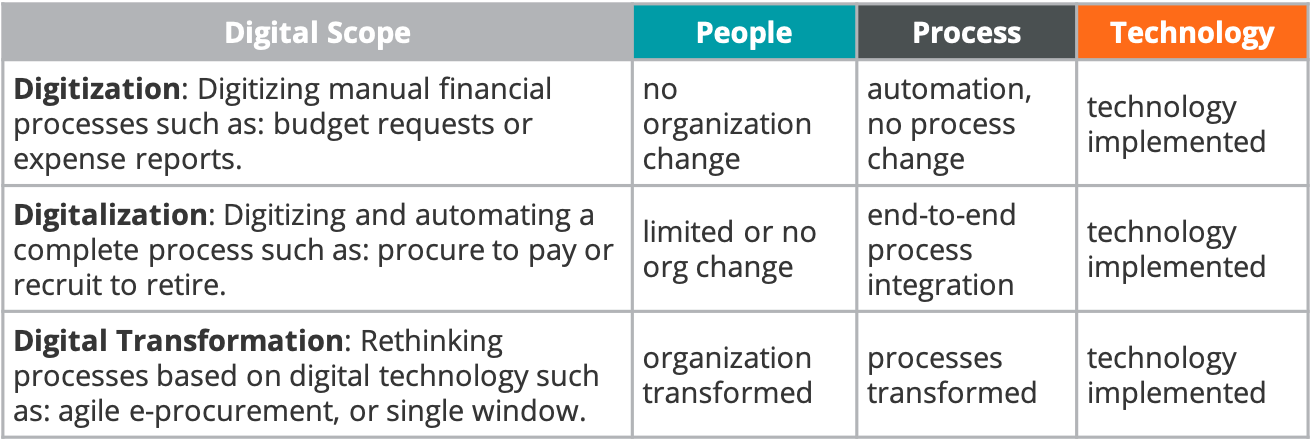A Look at the Journey Ahead
Imagine a future where digital technologies seamlessly underpin and enhance public financial management, leading to greater efficiency, transparency, and ultimately, better outcomes for citizens. That was the subject of the FreeBalance International Steering Committee (FISC) 2025 workshop in Timor-Leste.
FISC attendees navigated a journey to digital public finance success by 2030. We discussed the way in which government organizations can embark on digital public finance transformation. We used a “pre-mortem” approach by envisioning the achievements and lessons learned five years into the future. We stepped back to 2025 to strategize how to get there.
Journey Begins with Change Readiness
The journey begins in 2025, acknowledging the critical challenge of change readiness. We emphasized the need for governments to evaluate public service digital preparedness using tools. We introduced our digital transformation advisory services tools as examples.
Our digital readiness assessment operates across three key dimensions: people, process, and technology. Questions are posed to gauge ministry staff interest and skills in:
- digitization
- existence of a digital strategy
- state of current technology infrastructure
- broader country ecosystem, including citizen access to technology
The understanding of the existing landscape and identifying potential resistance to change is our recommended first step.
Identify Digital Public Finance Opportunities
Building on this change readiness foundation, we highlighted the importance of identifying digital opportunities by leveraging past assessments, such as the PEFA (Public Expenditure and Financial Accountability), and using mapping tools.
For more significant transformation, we introduced the concept of utilizing a Solutions Architecture to ensure alignment between national development strategies, the technical architecture of platforms (like the FreeBalance Accountability PlatformTM), and the implementation approach. This underscores the need for a view, connecting high-level government goals with the practicalities of technology deployment.
This pre-mortem journey also emphasized the critical role of change management throughout the digital transformation process. We described our change readiness tool to survey staff, track leadership buy-in, and ensure ongoing staff support as new technologies are introduced. Effective project communication was also highlighted as a key factor in managing change successfully. We often use our FreeBalance marketing staff to develop communications strategies with project branding and materials.
Realistic Digital Public Finance Journeys
We emphasized the challenge of technology limitations by advocating for an analysis of the existing technology foundation and the creation of a digital opportunity catalog. We showed parts of our templates for this need. The FreeBalance digital opportunity catalog helps governments understand current system digital capabilities while exploring potential digital opportunities and threats through technology foresight. We described the analytical structure of systems of record, engagement, intelligence, and innovation.
Our presentation outlined a practical and adaptable path forward, envisioning workshops that extend the work done in national goals workshops, recognizing that digital transformation is an integral part of government strategy. These workshops are structured to facilitate discussions on digital readiness in groups, utilizing checklists to consider the people, process, and technology aspects for digital success. Subsequent discussions encourage governments to assess their current state of change readiness and willingness to adapt processes.

FreeBalance analytical tools, for example, helps governments to determine the digital change space: where to begin the PFM digital journey:
- digitization
- digitalization
- full transformation

Governments can blend the digital approaches based on public finance objectives and digital capabilities within public finance organizations. For example, budget departments may be able to support full transformation while treasury departments can embrace end-to-end process digitalization and revenue departments may only be able to digitize existing processes. Of course, these public finance departments can move to more advanced digital adoption as capacity is built and digital “quick wins” are realized.
We also showed a mapping between Public Expenditure and Financial Accountability (PEFA) pillars with digitization, digitalization, and digital transformation. A workshop followed the presentation enabling country delegates to evaluate digital readiness by using part of one of our tools.
Conclusions
Public finance leaders can envision realistic medium to long-term plans for digital transformation. These can align with the time frames available in government electoral mandates. It’s an agile path to improve efficiency, performance, and service delivery. Each step informs the next. Quick wins and demonstrable results increases readiness for further digital initiatives. We shouldn’t confuse agile as unstructured or random. Agile provides the flexibility to adjust to government realities. Digital success involved proactive planning and the strategic deployment of tools and frameworks to navigate the complexities of digital public finance reform. By starting with an assessment of readiness, identifying opportunities, managing change effectively, and leveraging appropriate technologies, governments can pave the way for digital public finance success by 2030. We encouraged FISC 2025 attendees to develop a digital groundwork in 2025.
